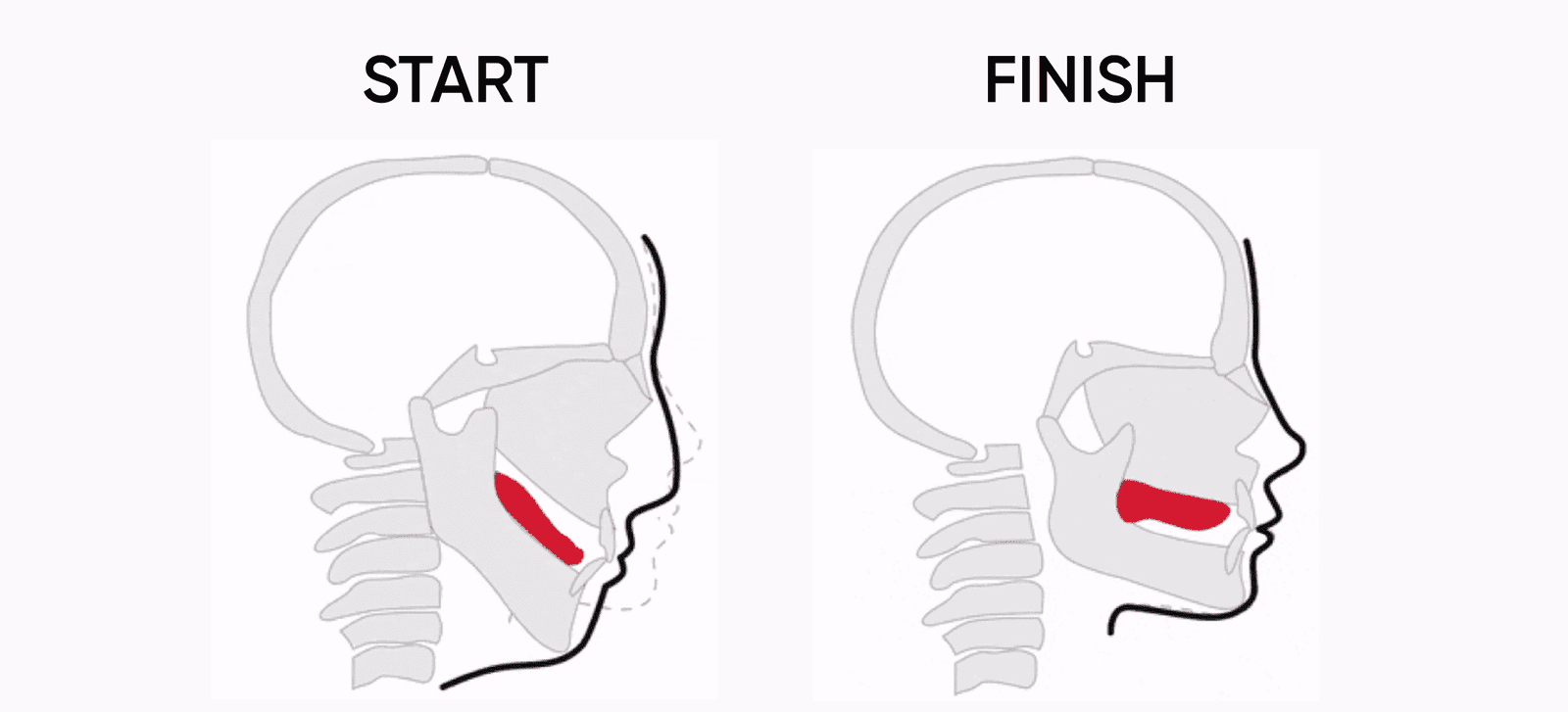Introduction
Mewing, also known as tongue posture, is a technique that has gained popularity in recent years for its potential to improve facial structure and promote overall oral health. The concept of mewing was developed by Dr. John Mew, a British orthodontist, who observed that proper tongue posture could positively influence the growth and development of the jaw and facial muscles.
Why do people practice mewing?
People practice mewing with the hope of achieving a more defined jawline, improved facial symmetry, and enhanced overall appearance. Additionally, mewing is believed to have several health benefits, such as improved breathing, reduced risk of sleep apnea, and better oral posture.
How to Mew Safely
While mewing is generally considered safe, it is essential to practice it correctly to avoid any potential issues. Here are some safe instructions to follow when practicing mewing:
- Correct Tongue Posture: Place the entire surface of your tongue on the roof of your mouth, including the back of the tongue. The tip of your tongue should rest just behind your front teeth.
- Maintain Consistency: Try to maintain proper tongue posture throughout the day, even during sleep. Consistency is key to achieving the desired results.
- Avoid Excessive Force: While it is important to exert gentle pressure on the roof of the mouth, avoid applying excessive force that may cause discomfort or pain.
- Practice Breathing through the Nose: Mewing encourages nasal breathing, which helps improve airflow and overall respiratory function.
- Be Patient: Results from mewing may take time to become noticeable. It is important to be patient and consistent with the practice.
It is worth mentioning that mewing alone may not guarantee significant changes in facial structure. It is best to consult with a qualified healthcare professional, such as an orthodontist or maxillofacial surgeon, for personalized guidance and advice.
FAQs about Mewing
1. Can anyone practice mewing?
Yes, anyone can practice mewing. It is a natural technique that can be adopted by individuals of all ages.
2. Is mewing effective for everyone?
The effectiveness of mewing may vary from person to person. Factors such as age, genetics, and overall oral health can influence the results.
3. How long does it take to see results?
The timeline for seeing results from mewing can vary. Some individuals may notice subtle changes within a few months, while others may take longer. Consistency and proper technique are crucial for achieving desired outcomes.
4. Can mewing cause any harm?
Mewing, when practiced correctly, is considered safe. However, applying excessive force or incorrect tongue posture may lead to discomfort or pain. It is advisable to consult a healthcare professional if you experience any adverse effects.
5. Are there any additional exercises to complement mewing?
There are various exercises that can complement mewing, such as chewing mastic gum, performing jawline exercises, and practicing good oral posture. These exercises can help strengthen the jaw muscles and enhance the overall effectiveness of mewing.
Remember, mewing should always be approached with caution and under the guidance of a healthcare professional. It is important to understand that individual results may vary, and patience is key when practicing this technique.
Sources:
- https://www.ncbi.nlm.nih.gov/pmc/articles/PMC3904045/
- https://www.journals.elsevier.com/journal-of-oral-biology-and-craniofacial-research
Disclaimer: The information provided in this article is for educational purposes only and should not be considered as medical advice. Please consult with a healthcare professional before attempting any new technique or exercise.






